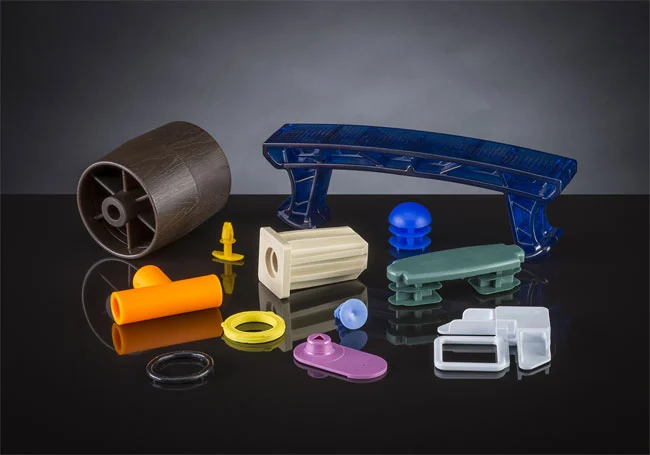Plastics are polymers composed of components such as hydrogen, chlorine, nitrogen, and oxygen. The initial idea behind producing plastic components was to achieve similar quality products as that of metal while being lower in weight. Manufacturing plastic components tailored to a particular application is a step-by-step procedure. During the manufacturing process, a specific sequence of events must be followed.
Also, when it comes to custom plastic components, it is essential to consider both the practical needs and the geometric intricacy of the design. Plastic injection molding is the most recent development in the world of plastics. Conversely, the flexibility to use various resins and combinations using the injection mold process provides several advantages.
An overview of custom plastic molding
Custom plastic injection molding is the recommended manufacturing procedure when producing large quantities of the same plastic product. The process includes heating tiny plastic granules to a liquid condition and injecting them under pressure into a mold cavity. The first stage in getting the item injection molded is to manufacture the mold after you have completed the specific design of the plastic part you wish to make. Producing a custom plastic mold demands high precision when utilizing design software and metalworking equipment such as CNC milling stations and EDM machines. The cost of a custom plastic mold varies based on:
- The plastic mold’s size.
- The number of openings in the plastic mold.
- The mold’s material composition.
- Texture or finish on the molded item is necessary.
- The custom part’s complexity.
Key steps
The fundamental stages required in producing custom-designed plastic parts are listed below.
Create a design
The first stage is to generate a design for the plastic pieces that must be made. The procedure begins with a rough drawing of the design on a sheet of paper. It is critical to include all geometric elements. The design is then turned into a 3D model. At this point, several revisions to the creation of the part are frequently required to make it feasible and valuable.
Select the plastic resin
Once a 3D model has been generated, it is time to debate and select the resin used to manufacture the item. All plastic resins differ in terms of hardness, flexibility, and durability. Furthermore, the prices of plastic resins fluctuate. As a result, it is vital to strike a balance between the costs and the functioning of the required plastic item.
Determine the sort of plastic molding technique to use
Plastic part makers all around the world employ a variety of molding techniques. However, custom injection molding is often regarded as superior and popular. The process of choosing is typically determined by the design, the application of the goods, the number of plastic components required and the production time available. Furthermore, plastic injection molding balances all the characteristics mentioned above to provide users with useful, long-lasting, and cost-effective plastic parts.
Create a prototype
Creating a prototype is not always essential, but it is strongly suggested. Building a prototype that mimics the final product allows you to identify design faults before the plastic pieces are mass-produced. It is not always feasible to see the problems on a 3D model until it is online. Checking the prototype aids in the resolution of faults that may otherwise go undetected. Plastic component makers provide a variety of prototype equipment, such as resin prototype machines.
Make the designed component
The concept has been provided, the 3D model has been constructed, the budget has been agreed upon, the plastic resin has been chosen, and the prototypes have been approved. Finally, the product is ready to be manufactured. Choosing a reputable manufacturer will go a long way toward ensuring that your custom plastic components fit your exact needs.
The field of plastic part production has seen significant changes due to technological advancements. Nowadays, industrial procedures are substantially less complex. Also, the adoption of current technologies such as injection molding has lowered the likelihood of errors in plastic components being created. The availability of a diverse variety of plastic resins and advancements in mold design engineering has expanded the application choices. Furthermore, using robotics has reduced the demand for manpower and made the production process extremely cost-effective. Also, manufacturing plastic components may be done with great accuracy and precision if a competent and reputable team is picked for the project.




